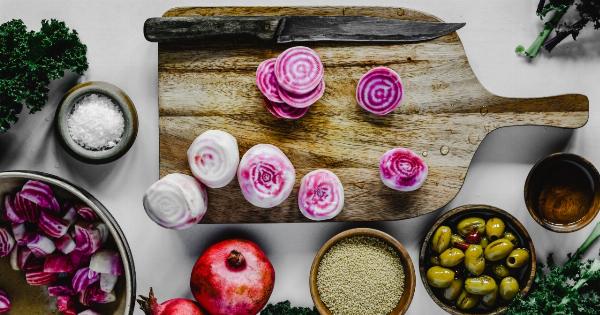Soft drinks, also known as soda or carbonated beverages, are popular beverages worldwide. They come in different flavors, textures, and levels of sweetness. Most soft drinks contain water, sugar, carbon dioxide, and artificial flavors.
However, the main ingredient of soft drinks is water.
Water is a colorless, odorless, and tasteless liquid that makes up 60% of the human body. It is also an essential ingredient for soft drinks.
The quality and quantity of water used in making soft drinks can affect the overall taste and flavor of the product. In this article, we will explore how weaker soft drinks with less sugar and more water impact their flavor.
Water’s Role in Soft Drinks
Water plays a crucial role in the production of soft drinks. It is the base ingredient and is used to dissolve other ingredients, such as sugar, flavorings, and preservatives.
The water used in soft drinks must meet specific quality standards to ensure the product’s safety and taste.
The type of water used in soft drinks varies from brand to brand. Some companies use tap water, while others use filtered or purified water. The source of water can also affect the taste and flavor of the soft drink.
For example, soft drinks made with mineral water may have a unique taste due to their mineral content.
The amount of water used in soft drinks also varies. It influences the level of sweetness, acidity, and overall flavor of the product. A high water content can dilute the other ingredients, including sugar and flavorings, resulting in a weaker taste.
On the other hand, a higher sugar content can mask the water’s taste and make the soft drink sweeter.
The Impact of Water on Flavor
Water can have both positive and negative impacts on the flavor and taste of soft drinks. The following are some of the ways in which water can affect the overall quality of soft drinks:.
Dilution of Flavor
As mentioned earlier, high water content in the soft drink can dilute the other ingredients, resulting in a weaker taste. This dilution can affect the intensity and complexity of the flavor, making the soft drink less enjoyable to consumers.
Therefore, soft drink manufacturers must strike a balance between water and the other ingredients to ensure optimal flavor and taste.
Texture and Mouthfeel
The water used in soft drinks also affects the texture and mouthfeel of the drink. A higher water content produces a thinner and less viscous texture, while a lower water content results in a thicker and more syrupy texture.
The texture and mouthfeel can contribute to the overall drinking experience and influence consumer preferences.
Sweetness
Water can affect the sweetness of the soft drink in two ways. First, it can dilute the sugar content, resulting in a less sweet taste. Second, water can increase the sweetness perception due to its ability to increase taste sensitivity.
Therefore, a higher water content can affect the perceived level of sweetness in soft drinks.
Health Implications of Weaker Soft Drinks
While weaker soft drinks may be beneficial for reducing sugar intake, they may also have health implications.
Studies have shown that consuming diet or low-calorie soft drinks does not significantly reduce the risk of obesity or metabolic diseases, such as type 2 diabetes. Additionally, weaker soft drinks may not provide the same level of satiety as regular soft drinks, leading to overconsumption.
Therefore, it is essential to balance the level of sugar and water in soft drinks to ensure optimal taste and health benefits.
Soft drink manufacturers must also consider the use of natural sweeteners and alternative ingredients to produce healthier soft drink options.
Conclusion
The impact of water on the flavor and taste of soft drinks cannot be ignored. While a high water content can dilute the other ingredients, including sugar and flavorings, a lower water content can affect the texture and mouthfeel of the drink.
Therefore, soft drink manufacturers must strike a balance between water and other ingredients to ensure optimal taste and quality. Additionally, it is essential to consider the health implications of weaker soft drinks and explore alternative ingredients to produce healthier beverage options.



























